1. The Brave Sheriff Who Single-Handedly Tamed Towns

Frontier towns often celebrated sheriffs as lone heroes who stood up to gangs and brought law to chaos. Legends describe them riding into town alone, confronting dozens of outlaws, and restoring order by sheer courage. These tales were meant to show the West as a place where one good man could change everything. Townsfolk and storytellers alike passed these myths down as examples of frontier bravery.
The truth is far less glamorous. Most sheriffs relied on deputies, local militias, and cooperation with other towns to maintain order. Many “gunfights” in town were short-lived, chaotic, and didn’t follow the heroic choreography often described. The myth of the lone lawman is more fantasy than fact.
2. The Lone Gunslinger Who Could Never Miss
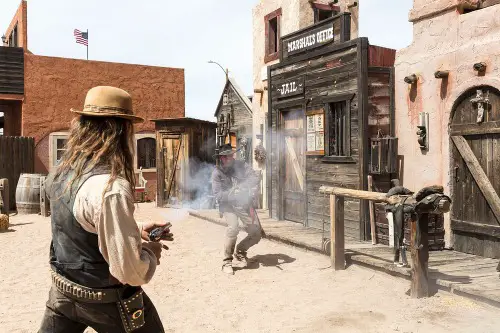
Stories of gunslingers who allegedly never missed a shot are everywhere in Old West lore. Tales depict them walking into a saloon and taking down every outlaw in seconds, emerging unscathed. These stories were told to make men like Wild Bill Hickok or Billy the Kid seem larger than life, inspiring awe and fear alike. They became a staple of dime novels, convincing readers that heroism meant perfect aim and unmatched bravery.
In reality, no one ever had such flawless accuracy. Gunfights were chaotic, messy, and often deadly for everyone involved, including the “hero.” Many of these legends were heavily exaggerated by newspapers looking to sell stories. What we call heroism in these tales is often just a combination of luck, rumor, and dramatic storytelling.
3. The Gold Prospector Who Struck It Rich Overnight

Everyone loves a story of the prospector who hits gold on the first try and becomes instantly wealthy. Newspapers and dime novels spun tales of men digging through rocks, only to discover mountains of gold or silver in a single day. These stories reinforced the idea of the West as a place of instant opportunity and daring adventure. They became aspirational tales, inspiring settlers to risk everything for a chance at wealth.
In reality, most prospectors failed repeatedly and lived in extreme poverty. Discoveries were rare, and “overnight” riches usually took years of dangerous, backbreaking work. The stories of instant gold were exaggerated to feed the dream of rapid success. They were less about heroism and more about selling hope.
4. The Fearless Scout Who Knew Every Creek and Canyon
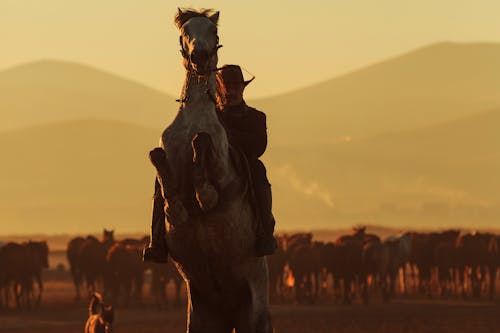
Scouts and explorers were often glorified as fearless men who could read the land like a map. Stories depict them navigating dangerous rivers, climbing cliffs, and avoiding ambushes with ease. These tales painted the West as a land of adventure and required bravery for survival. They became foundational myths in textbooks and lore, showing settlers that courage was key to exploration.
In truth, scouts often relied on maps, guides, and local Indigenous knowledge. Their journeys were dangerous, yes, but survival depended more on preparation and luck than individual heroics. The “fearless lone scout” is a romanticized version of careful planning and teamwork. The legend outpaced the reality.
5. The Native Fighter Who Stood Against All Odds
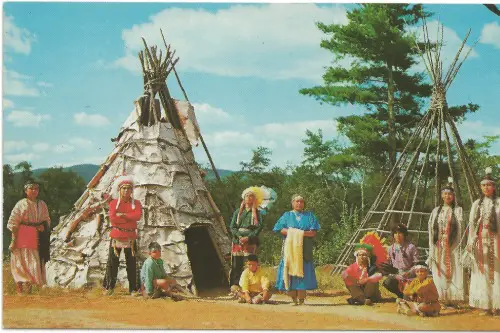
Stories of settlers standing up to “hostile” Native groups were common, portraying individuals as courageous defenders of civilization. Accounts described them facing overwhelming odds and prevailing with cunning and bravery. These tales reinforced the idea that heroism meant facing constant danger on a lawless frontier. Schools and newspapers presented them as lessons in courage and moral superiority.
Most often, these accounts ignored context and exaggerated threats. Many conflicts were defensive or resulted from misunderstandings, and individuals rarely faced the extreme danger portrayed. The myth served to elevate settlers while simplifying complex relationships with Indigenous peoples. Real heroism was far more nuanced than the stories suggested.
6. The Saloon Owner Who Defended Their Establishment
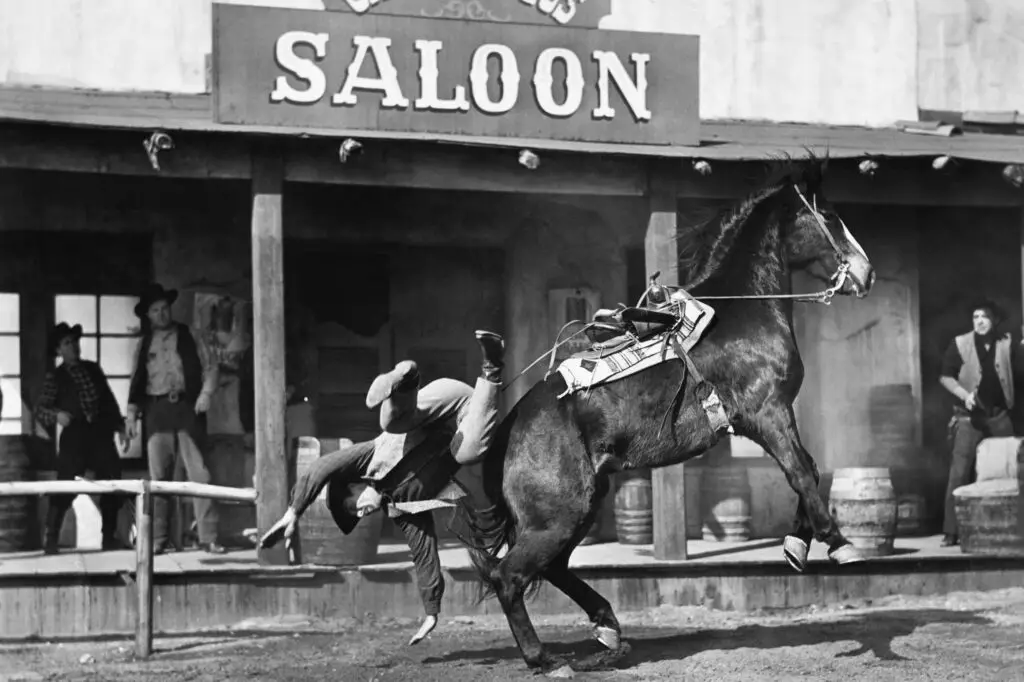
Legend holds that saloon owners would bravely fend off bandits and rowdy cowboys, protecting their property single-handedly. Tales depict owners standing with shotguns in the doorway while chaos erupts inside. These stories made it seem like courage was everywhere, even in bars and gambling halls. They became fodder for novels, posters, and plays about frontier life.
In reality, many saloon owners relied on hired help or simply called on local lawmen. Shootouts were rare; most disputes were settled quietly or through legal action. The myth of the fearless saloon defender was more theatrical than real. It reinforced a culture that equated daring with everyday life, even when danger was exaggerated.
7. The Stagecoach Driver Who Outran Outlaws
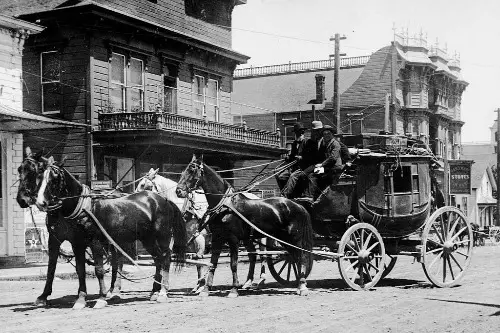
The idea of the stagecoach driver heroically outrunning robbers is a classic. Stories show drivers whipping horses into a frenzy while bullets fly, saving passengers and mail in the nick of time. These tales emphasized courage, skill, and composure under fire, portraying the West as a place where anyone could rise to heroism. They became a popular motif in travelogues and entertainment alike.
The truth is, stagecoach travel was usually slow and careful. Robberies were opportunistic, and many drivers were simply lucky if they escaped unscathed. The “heroic chase” was largely invented by storytellers to add drama to otherwise mundane work. The myth of the driver who single-handedly saved the day exaggerates ordinary risk into legendary courage.
8. The Woman Who Held the Fort Alone
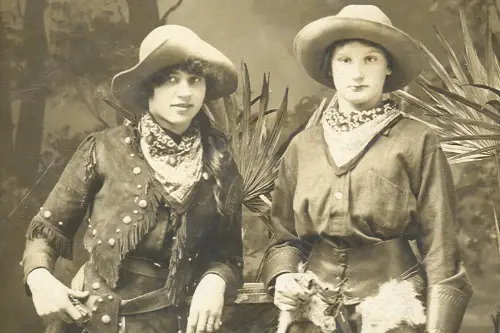
Frontier legends sometimes celebrate women as heroic defenders of homesteads or small towns while the men were away. Stories depict them fending off intruders, tending to the sick, and keeping families alive under extreme conditions. These tales framed heroism as something anyone could rise to, even in a male-dominated culture. They became symbols of resilience and courage in frontier literature.
In reality, many of these women relied on neighbors, family, or communities for protection and survival. Their “heroic” feats were often exaggerated to create compelling narratives. The myth of the lone female defender masks the cooperative reality of frontier life. Heroism was rarely a solo affair.
9. The Outlaw Who Had a Code of Honor

Outlaws like Jesse James or Billy the Kid are often portrayed as charming rebels with strict moral codes. Stories show them sparing innocents, only targeting corrupt banks, or being loyal to friends. These narratives romanticized crime, turning criminals into antiheroes and making lawbreaking seem glamorous. The tales fed a public appetite for daring, rebellious figures.
The truth is messier. Many outlaws committed violent acts indiscriminately, and “codes of honor” were selective or fabricated by storytellers. Heroism was projected onto them after the fact. The myth helped turn criminals into legends while ignoring the consequences of their actions.
10. The Cowboy Who Could Survive Anything
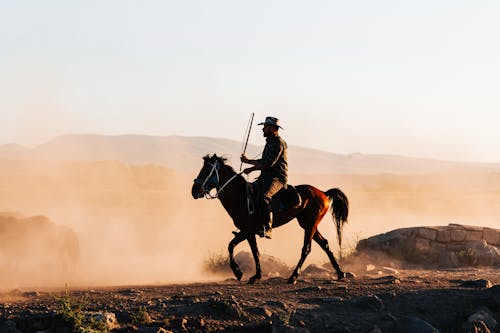
Cowboys are often depicted as near-superhuman figures, riding through storms, taming wild cattle, and surviving impossible injuries. Their lives are romanticized as full of adventure, courage, and solitary heroism. These stories became foundational to the American myth of rugged individualism. Children and adults alike were captivated by these tales of daring skill and bravery.
In reality, life as a cowboy was grueling, dangerous, and often dull. Most cowboys worked in teams, faced extreme hardship, and rarely engaged in dramatic feats. The myth of the invincible cowboy obscures the hard, often boring reality of frontier labor. Heroism was ordinary endurance, not cinematic daring.
11. The Frontier Town That Thrived Against All Odds
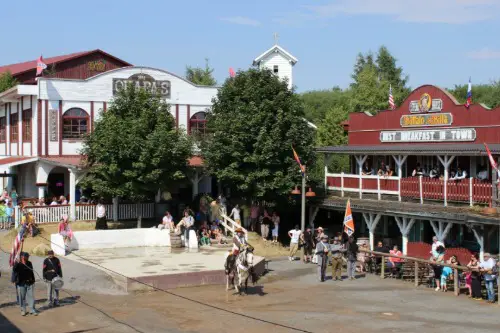
Many towns are described as surviving and thriving solely because of the courage and determination of a few settlers. Newspapers and history books often portray their growth as heroic, emphasizing battles with weather, bandits, and isolation. These tales framed the West as a place where human bravery could conquer any obstacle. The narrative became part of the American identity.
The truth is more mundane. Success usually depended on geography, trade, and collective effort rather than individual heroics. The myth of a single town hero oversimplifies complex social and economic realities. Real “heroism” was teamwork and persistence, not legendary feats.
12. The Mythical West Itself
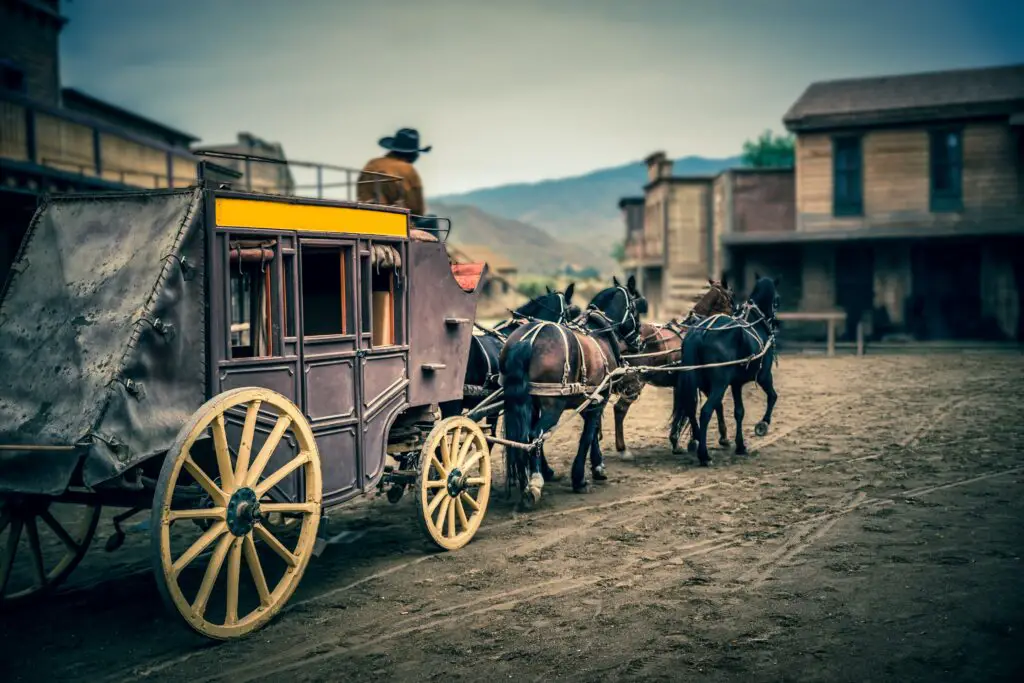
Finally, the Old West as a whole has been mythologized as a place of constant adventure, danger, and opportunity. Stories of bravery, duels, gold strikes, and lone heroes shaped American imagination for generations. Movies, novels, and posters all reinforced this exaggerated version of frontier life. The idea of heroism in the West became inseparable from legend itself.
The reality was less exciting but more meaningful. Life was hard, often boring, and survival relied on community, luck, and endurance. Heroism existed, but it was quiet, cooperative, and mundane. The myths we celebrate today often tell us more about storytelling than about the actual Old West.
This post 12 “Heroic” Stories from the Frontier That Were Anything But was first published on American Charm.


